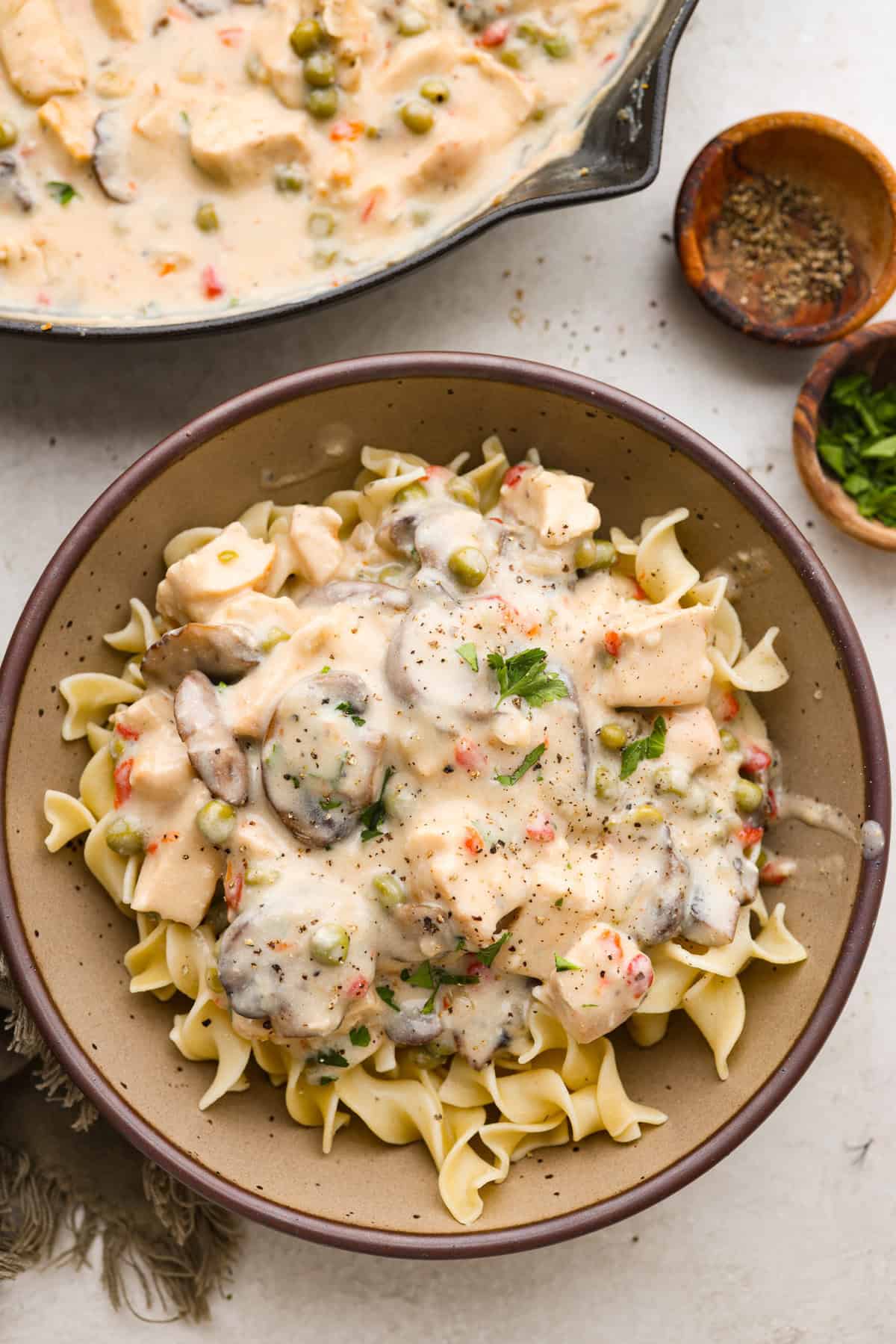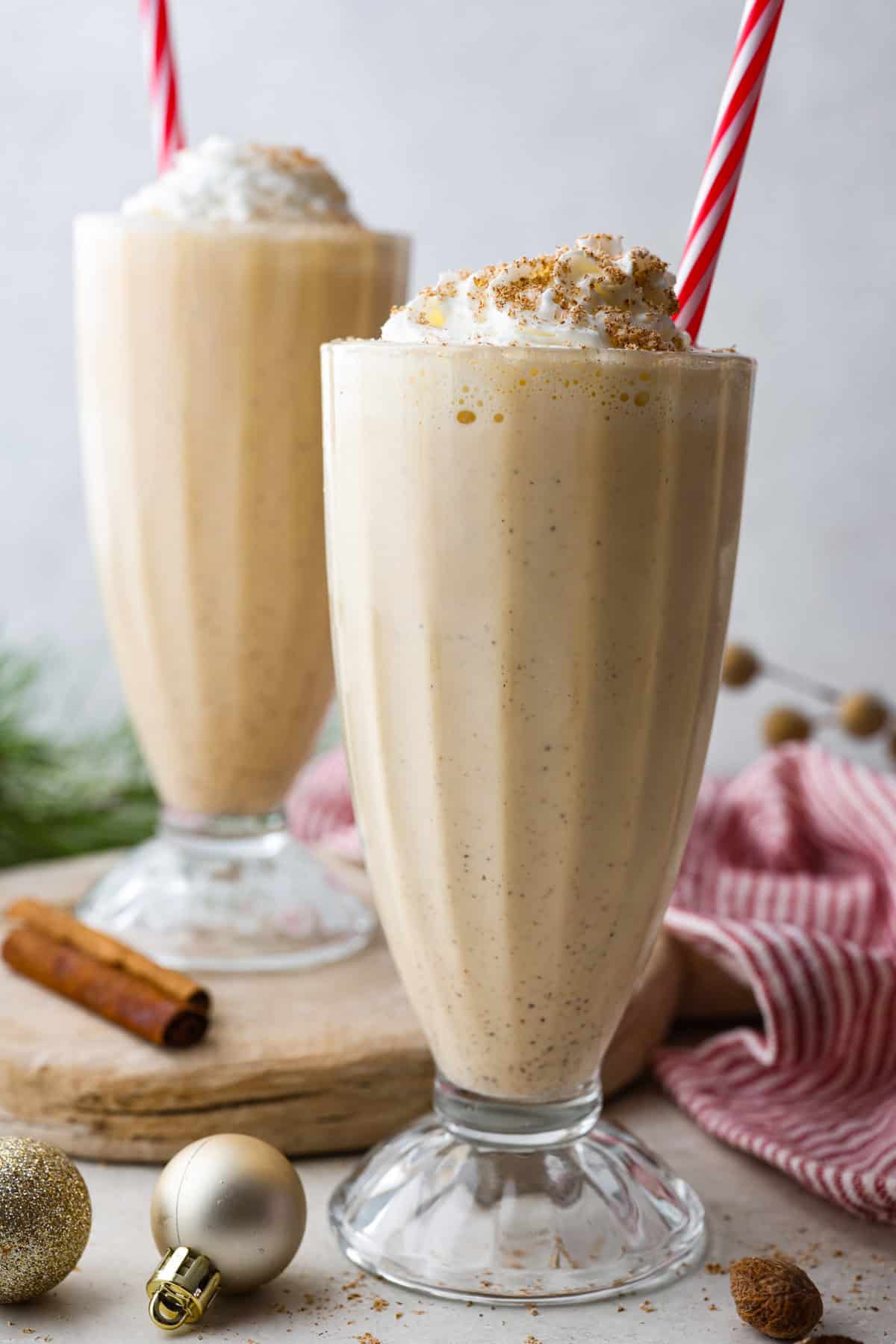In August 2017, Seattle Weekly published an article posing a simple (albeit cheeky) question: “Is N/A Body Making Good Nonalcoholic Beer?” Eight years later, the column’s well-reported answer—no and probably never—best serves as a reminder for how nonalcoholic beer’s become so good, so big, so fast.
Example A: Nine months after that article was published, nonalcoholic (NA) beer maker Athletic Brewing opened its first production facility in Stratford, Connecticut. In the seven years since, Athletic has a) purchased additional brewing facilities in California, twice; b) become America’s second fastest growing food and beverage company; and c) earned an $800 million company valuation.
But as anyone that’s perused their grocery store’s beer aisle can tell you, Athletic is just the tip of an ever-expanding, hop-laden, alcohol-free iceberg. With an estimated $40 billion of boozeless brew sold globally in 2024, there’s been—and will continue to be—no shortage of entrants in the NA sweepstakes. Some of the beers—like Athletic, Good Time, Guinness, and Three Magnets—are incredible. Most are fine. (Think: Corporate breweries with corporate budgets required to please corporate boards by staying on trends). And a few stink out loud.
Of course, if you want beer that registers on the positive side of that spectrum, it helps to have a basic, conversational knowledge of its history, how it’s made, and where it’s headed. So today, we’re giving you that. Here’s a glossary containing at least most of the terms and references you need to talk soft (yet delicious) beer.
American Pharaoh: A very fast horse. Won the Triple Crown in 2015. Also, was bred by Ahmed Zayat—an Egyptian businessman who owned and operated the brewery that developed Fayrouz, the world’s first Halal-certified, nonalcoholic beer. In 2002, Zayat sold the brewery to Heineken for $280 million, a transaction which funded the breeding and training of the horse that—sidebar—won me $50 at Belmont.
Arrested Fermentation: One of the most common ways brewers strip alcohol from beer—mainly because, compared to other dealcoholization techniques (which we’ll cover later), arrested fermentation requires relatively less equipment. Summarized from a thousand foot view, arrested fermentation entails manipulating a beer’s yeast (either via removal or rapid cooling) to prevent alcohol from developing while brewing. The downside to this process is that it's liable to alter the brew’s flavor, often sweetening the beer. To summarize: If your local pint factory’s brewing NA, odds are they’re using arrested fermentation—meaning there’s no guarantee the beer tastes spectacular.
Bravus: America’s first exclusively nonalcoholic brewery. Founded by Phillip Brandes in 2016, Bravus’s wide-range of conceptually bold beers (which we tried last year) undoubtedly helped pave the way for other notable, NA-specific breweries like Athletic, Best Day, and Al’s.
@dontdrinkbeers: The instagram handle of certified beer knower, Alex Kidd. His NA reviews—like this Bero one and this Beck’s one—are what this article thinks it is: informative, digestible, and laced with wit. When looking for another brewing slinging suitable soft pints, start with Alex’s account.
Going up: This, of course, is in reference to the number of people searching “NA beer” on Google. It’s also a prediction for the percentage of Germany’s total beer sales that NA accounts for—a figure already hovering near 10%.
Holland, Tom: Have you seen Zendaya’s fiancee’s golf swing? It’s so powerful I reckon his drive stretches farther than the line of celebrities plotting to join Mr. Holland as figureheads of the next NA beer companies. That’s not to disparage the Spiderman actor’s NA brew brand, Bero—if his care for the liquid is even half as genuine as it seems, they’re bound to make this beer a success.
“Hoppy malt soda”: A somewhat soulless description of alcohol-free beer I encountered on reddit. And you know what? Hell yeah. I’d guzzle a Costco pack of Hoppy Malt Soda any afternoon—and if you’re scrolled this far, I bet you’d, at the least, also consider it.
“Just say no to water.”: A slogan employed by Australia’s preeminent source of sans spirit schooners, Heaps Normal, in many of their promotional videos. Like this one, this one, and this one. (For the record: I say no). This also serves as a reminder that many of the best NA brews spawn beyond the U.S. Some examples: Suntory All-Free, Asahi, and Beck’s.
Ultramarathons: This has been covered ad nauseam by better journalists, but if Athletic Brewing co-founder Bill Shufelt hadn’t ran numerous races longer than 26.2 miles, there’s a chance his industry-leading brand would’ve never come to fruition. TLDR: Bill wanted to create something that wouldn’t impede his ability to balance a demanding finance gig, rigorous training plan, and thirst for quality beer. He then teamed up with Athletic co-founder and generational brewing wiz John Walker and, well, the rest is history. At least most of it is, anyway: Nobody entirely knows exactly how John and Bill are brewing pitch-perfect NA pints without using a traditional dealcoholization process.
Vacuum Distillation: Re: dealcoholization. This is how beers’ big boys cut the strong stuff from their brews. Employing a boatload of high-priced technology, vacuum distillation lowers alcohol’s boiling point so that it can be evaporated at a temperature low enough to minimally impact the beer’s final flavor. The general success of this costly production process is the leading reason the early days NA brewing have been won by conglomerate-backed brands.
What is your favorite NA beer? Let us know in the comments!











 English (US) ·
English (US) ·